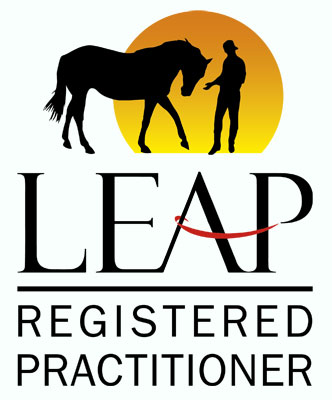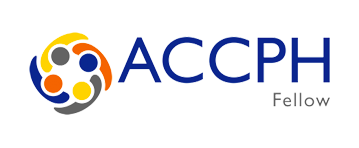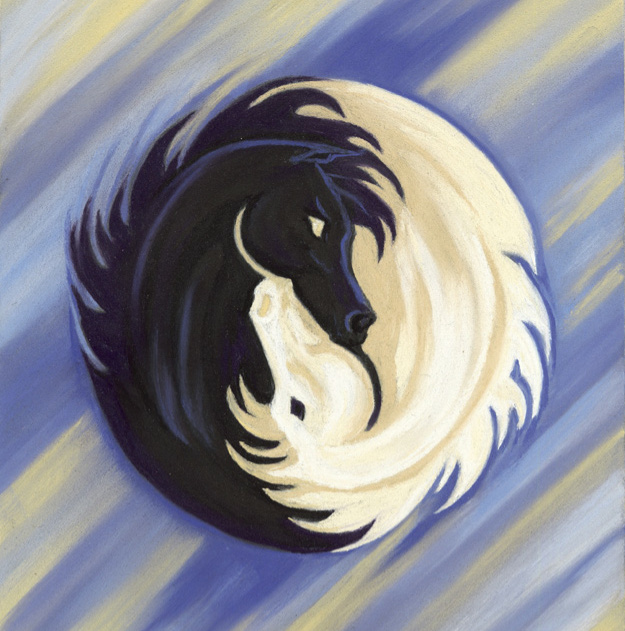
Blog
Creating "Safe Bases" for People and Horses in Equine-Human Interactions
15 March 2022
Ultimately, what all mammals need most of all, including humans, is to feel safe.
It’s vital that we understand this and keep it clearly at the forefront of our mind when both working with our clients and our horses.
This needs to be a consistent foundation throughout our work, from the moment the session starts to the very end. And we need to remind ourselves about this priority all of the time as we work. Of course, this is especially important if we are working with people with a history of trauma, but it applies to all people as we all carry elements of trauma, and often this is relational trauma, so our own ability to provide a “safe base” for our clients is paramount.
Now, when it comes to the horses this is equally vital. Many studies of wild and feral horses have consistently shown that safety and survival is the number one priority of all horses, and this absolutely translates to our domestic horses who maintain this survival need despite the risk of predatory animals being extremely low. The other thing such studies demonstrate is that part of the action required to meet this number one survival need to stay alive and feel safe is the importance of the herd. When possible or real danger is detected herds “band” together creating as big a herd as possible, as there really is safety in numbers.
Now, in our domestic herds this is often extremely challenging where banding is virtually impossible, as many horses are kept in small herds and don’t have freedom to run and join other herds due to be confined within paddocks, stables, etc. But when horses are frightened and this survival need kicks in, it overrides all other needs, as also evidenced in studies. Even food slips down the priority scale in such moments until the fear has abated, a stressed horse or any mammal for that matter, usually won’t eat when afraid; their nervous system has to first re-set.
My own rescued ex-racehorse North Star proved this to me consistently. He was VERY food-orientated due to being kept deliberately underweight all of his life until he came to me. And yet, the most important thing for him was being with his herd mate/s, his fear of separation was extreme; we’re talking PTSD level states of fear. All else fell away the moment he felt he was being left or separated from his herd members, and he often attached to one particular gelding whom he depended on for his sense of safety. He was literally disconnected from everyone else in the vicinity and all other matters including food in those heightened states of arousal. Keeping this paramount in all we did both in terms of his day-to-day life and when working was essential, and as a result this meant that he could live stress-free for the first time in his life and be free to concentrate when working with clients and enjoy himself.
So, why is this relevant and important for our equine-human interactions work?
Just as we need to keep in mind the fact that every person needs to feel safe, so we need to keep this at the forefront of our mind in terms of our horses. Horses need to know that they have a “safe base”, i.e. a herd, when frightened or stressed. So access to their own herd is vital in our work, and thus freedom of movement within the area we are working is also a vital necessity so that the horse/s can take care of themselves and move and gather when they need to, and thus potentially harmful stress isn’t likely to be caused due to undischarged adrenaline and cortisol levels.
One additional Safe Base that we need to establish for our horses is that of ourselves. They need to feel safe with us as their human partner, so that they have a solid and reliable human herd mate they can turn to for guidance, support and safety, if confused or distressed at all in our work together.
Creating a safe base for people and horses requires some different things but there are some core elements that can be equally applied to both species, and again, this should form the basis of working in tandem with people and horses, in my opinion.
These are some of these core elements and skills:
- The most important safe base to initially establish is our own, and that base is found in our body. We need to feel safe in own body, not at odds with it, and to have worked on establishing a healthy relationship with our body, so that we feel at home in ourselves and we have the tools and ability to monitor and facilitate our own somatic arousal. This is the priority in any kind of professional helping and healing work with other people. And it is doubly so as we partner with horses. This primary Safe Base is our home that we return to again and again as we work; it’s our place of safety, ease and support. As mind/psyche and body are one, this also includes being able to filter out negative harmful self-talk and beliefs that might jeopardise our ability to stay present and focused.
- The ability to be attuned to and able to self-regulate our own breathing and nervous system at all times.
- As is the ability to stay mindfully present throughout.
- To be calm, centred, patient, reliable and consistent so that we embody and portray a solid sense of self and presence for both clients and horses.
- To be fully attentive throughout the session with our clients; to not have any deliberate distractions or disturbances in the space including phones or by having other animals around who are not part of the session, and to give the client our complete attention throughout. This is vital but especially for those with relational trauma/patterns in their history *And see below.
- To be reassuring, soothing and reaffirming for our clients and our horses and to convey this through both verbal and non-verbal forms of communication and to understand fully how this is transmitted non-verbally: that other 90% of communication which is silent in human interactions and almost 100% in human-equine interactions.
- Developing energetic awareness and sensitivity to both ourselves and others in our vicinity simultaneously, including the horses. So that we can sense and respond to the subtlest of shifts in the physiological and energetic states of both clients and horses.
- To be able to attune to others’ emotional and physiological states – both human and equine and to be adept at feeling in our own body and energy field the subtle shifts in our client's emotions, both at the conscious and the unconscious level. As well as the subtle shifts in the horses’ moods, behaviour and arousal levels.
- To be able to “hold space” for both clients and horses; to stay with uncomfortable emotions and to not rush in to fix or change; to be willing to feel uncomfortable ourselves and without this impacting adversely on the client or horses in a desire to rush things along, or change things to make ourselves feel more at ease and less “triggered”.
- Obviously, to have a sound knowledge of equine needs and behaviours, as discussed in the introduction and covering all aspect of equine needs and responses. This is both so that we meet our horses needs throughout and not cause them unnecessary stress or privations, and so that we are able to relate what they do in sessions to the presence of both ourselves and our client/s.
- *Regarding our attention: The double challenge of working alongside horses to support people is that we have to learn how to give our clients our fullest attention AND simultaneously keep one corner of our eye and awareness on the horses when we are in the same space. This is a vital skill to develop as we must keep an eye on the horses throughout in order to notice their behaviours, responses and feedback to everything going on in the session. We have to able to do both – this is a high-level ability, particularly when we work alone and without a dedicated horse professional in the session. Even then, we still need to know what the horses are doing and all of the changes that occur in the session in their proximity, levels of arousal and behaviours in order to actually assist our clients moment by moment.
These are just some of the primary core abilities and skills we need to hone to deliver our work effectively so that our clients and our equine partners all feel safe, seen, attended to and valued. They are all vital to be able to support people to explore their issues and challenges, and to help them try to make some progress in unlocking their harmful habits and thus potential. It applies equally that creating safe bases for our domesticated equine partners is vital so that they may work with as much freedom and enjoyment as possible and with as little stress as possible. And ultimately, so that they can be themselves and contribute to our clients’ healing and learning as fully as possible.
©Angela Dunning, 14th March 2022.
Further suggested reading/sources used:
- 'Horses in Company', Lucy Rees, 2021.
- 'The Horse Leads the Way: Honoring the True Role of the Horse in Equine Facilitated Practice', Angela Dunning, 2017.
- Any of the Compendiums published as part of the ‘A Horse is a Horse, of Course’ Symposiums by Ilka Parent, from 2017 onwards.








